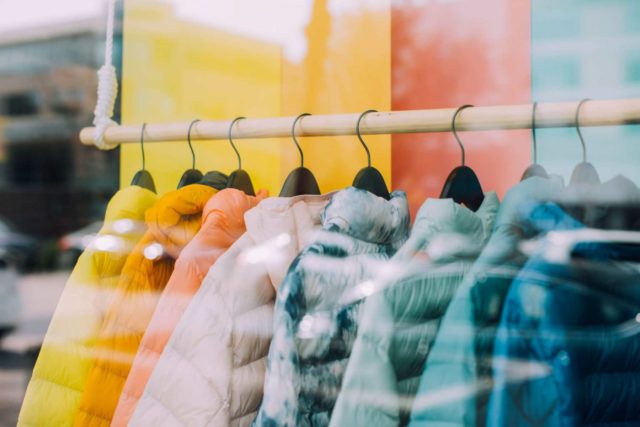
Best-in-class digital retail enterprises
We believe online retail industry have massive potential to increase profitability
Creating best-in-class digital retail enterprises
With many projects under our belt, we have a solid understanding of the challenges in retail and how to address them. We believe most of the companies in the retail industry have massive potential to increase profitability by increasing sales but also by optimizing operations.
We have extensive experience in building various ML applications for retail. Several companies use our ML models every day in everything from production to supplying customers with recommendations, helping customers browse the product catalog swiftly, assessing optimal store stock levels, workforce planning, estimating service delays, or choosing the optimal MMM (marketing mix modeling) allocation.
We have been involved in creating better online experiences for fashion retail, electronics retailers, hardware stores, cosmetics and skincare, machine renting, and grocery store chains – and the list goes on. We have had engagements ranging from advisory and small ML modules to representing the entire ML team for the company, taking full responsibility for building teams and models in the digitization process.
Common objectives
Increasing revenue
Think about this for a moment: what is the best experience you’ve had (service-wise) when being in a physical retail store? Perhaps you were looking for some clothes and the person helping you really understood you, and you ended up with exactly what you wanted, and it looked much better on you than you hoped for? Or, you were unsure about what dishwasher to buy but the store salesman did an awesome job to get you the best possible dishwasher for you.
Thinking about this, what did he or she do to help you? As concretely as possible, how did he or she help you and what steps did she take to help you?
Even though we are in a digital age, we as humans haven’t changed. We still value getting good service when we need it. If we get really good service we tend to buy what we need from that specific company, talk to friends about our experience and return as soon as we need something more.
The real challenge is to take the experience you thought about a minute ago, and convert it to a digital experience. How would that look? What tools are needed then? The answer can be an array of models helping out in various ways, such as; recommendation systems, Image search to quickly find a product, listing accessories for products, predicting what to buy next given what you already have in your basket. Also, of course, much lies in how the digital experience is framed, the look and feel of the app/website, and non-ML modules.
Minimizing operational cost
The flip side of running a retail company is that the cost of operations can be very high. Factors such as; warehouse costs, workforce, rent for physical stores, and capital absorbed in stock, all contribute to lowering the margin on goods sold. To boost the bottom line, Amazon and other giants have moved from only using ML in recommendation systems to utilize ML in the whole supply chain from autonomous robots in warehouses to drones, and self-driving cars that single-handedly deliver to customers.
Even though all companies don’t have to follow Amazon’s example, it points to the fact that there is a huge potential in automating and optimizing this part of the business. Successful examples of use cases are to use ML for workforce planning (predicting footfall in stores and warehouse load), deciding optimal stock levels in stores (estimating the cost of stockout), price optimization, automated product onboarding, and more. All initiatives aim to optimize the processes surrounding sales to increase the bottom line.






